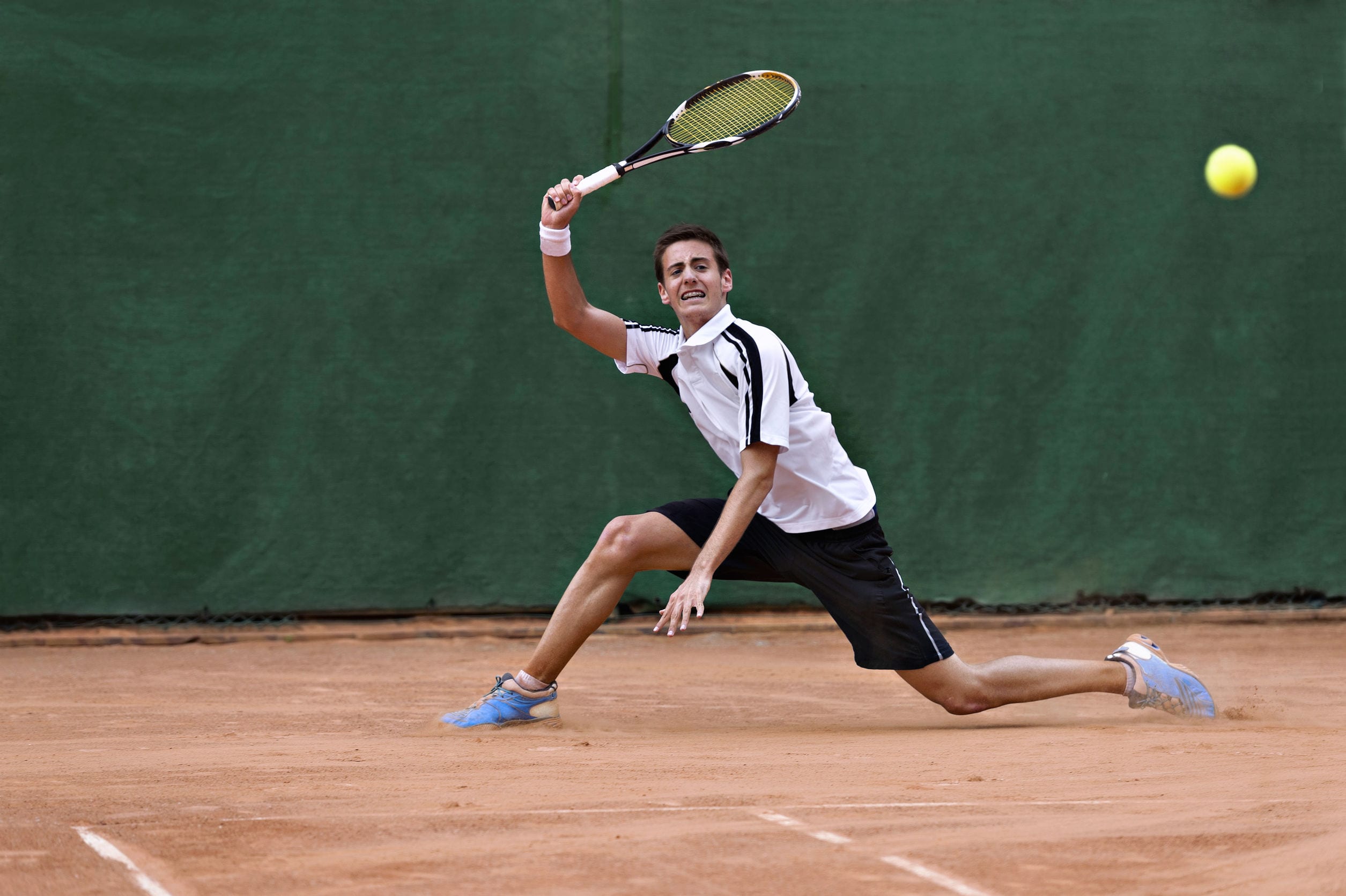PREVIOUS POST
Everything You Need to Know about Kinesio Taping and Your Health

Please fill out the form below and we will be in touch soon.

Everything You Need to Know about Kinesio Taping and Your Health

Chiropractors Can Help With Arthritis -- Here’s How

Tennis is a popular pastime. It’s also a great way to stay in shape. Another benefit is the risk of injury for tennis is relatively low compared to other sports, but tennis injuries do occur.
Aside from those it has in common with other sports, this activity has a unique profile of injuries, as well. Tennis injuries not only keep you off the court, but can be painful and actually impair daily life.
Fortunately, many of them can be prevented with chiropractic care and strength training. Further, if you are injured, chiropractic care can help you heal faster, and address the underlying issues that led to the injury, preventing reinjury in the future.
Below we cover five of the most common tennis injuries, and how chiropractic care can help you overcome them.
Everyone’s heard the term “tennis elbow” before. This condition is due to inflammation of the muscles in the forearm and tendons on the outside of the elbow. It often occurs due to overuse — too much repetition or improper technique.
Research shows that chiropractic techniques provide far better results than steroid injections and other anti-inflammatories in relieving the moderate to severe pain on the outside of the elbow and inside the wrist associated with the condition.
Your rotator cuff is a group of tendons and muscles that surround your shoulder joint. This allows for 360-degree mobility and stability of the shoulders.
Rotator cuff tendonitis is when the tendons inside the rotator cuff become inflamed. The inflammation causes pain with overhead movement and decreased range of motion in the shoulder. This injury is often caused by excessive overhead serving and improper technique.
Chiropractic adjustments, hot and cold therapy, and electro-muscular stimulation are just some of the treatments commonly included in patients’ recovery plans.
Another condition that can benefit from these chiropractic treatment options is wrist tendonitis.
Chronic stiffness and pain can occur when the tendons surrounding the wrist joint are damaged due to overuse. In tennis, this is often caused by repetitive motions and improper technique.
An ankle sprain, also referred to as a “twisted ankle” occurs when the ligaments attached to the ankle joint are stretched or partially torn. In tennis, ankle sprains often occur due to quick changes of direction, which can cause the ankle to roll or twist, damaging the ligaments.
Your chiropractor can ensure proper alignment of the ankle bones throughout the healing process, and certain massage and physical therapy techniques can ensure quicker recovery.
Muscle sprains and strains are acute injuries that cause pain, swelling, bruising and loss of the ability to move or use a joint. In tennis, these injuries often occur when players lose their balance or extend the shoulder beyond its normal range of motion.
Strains and strains to the knee, ankle and shoulder are common in tennis. Chiropractic care can help relieve that pain and relax damaged muscles. It also speeds healing of soft tissue injuries, and addresses the underlying issues that led to the injury in the first place.

Ultimately seeing a chiropractor can allow you to get back on the court faster, and prevents chronic reinjury. A chiropractic treatment plan will also ensure that injured tissue heals properly, preventing misalignments and loss of functionality or range of motion.
To learn more about what your Fort Lauderdale chiropractor can do to help your tennis-related injuries, reach out! We’re happy to help.
About the Author:
Dr. Singer has been a practicing chiropractor for more than 20 years, and USA Health & Therapy has been around since 2004. Over the course of his career, Singer has helped tens of thousands of people with all kinds of issues by using a wide variety of treatment strategies. He has extensive knowledge of chiropractic modalities, including Gonstead, Diversified, Thompson Drop Table, and Activator, and in 1997 he earned a special adjunctive Chiropractic Certification in Spinal Trauma (CCST) to better provide care for car crash victims. Dr. Singer is licensed to practice chiropractic medicine in both Florida and New York.